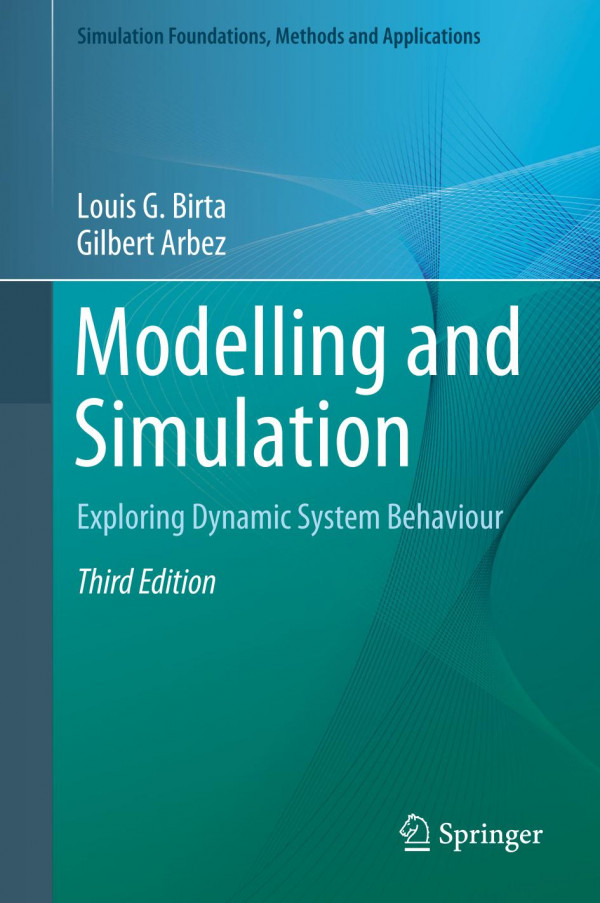

Most ebook files are in PDF format, so you can easily read them using various software such as Foxit Reader or directly on the Google Chrome browser.
Some ebook files are released by publishers in other formats such as .awz, .mobi, .epub, .fb2, etc. You may need to install specific software to read these formats on mobile/PC, such as Calibre.
Please read the tutorial at this link: https://ebookbell.com/faq
We offer FREE conversion to the popular formats you request; however, this may take some time. Therefore, right after payment, please email us, and we will try to provide the service as quickly as possible.
For some exceptional file formats or broken links (if any), please refrain from opening any disputes. Instead, email us first, and we will try to assist within a maximum of 6 hours.
EbookBell Team

0.0
0 reviewsThis hands-on textbook/reference presents an introduction to the fundamental aspects of modelling and simulation, both for those wishing to learn about this methodology and also for those who have a need to apply it in their work. The text is supported by illustrative examples, drawn from projects formulated within the domains of discrete-event dynamic systems (DEDS) and continuous-time dynamic systems (CTDS).
This updated new edition has been enhanced with new illustrative case studies, and additional examples demonstrating some new features and the effectiveness of the ABCmod conceptual modelling framework. Changes that facilitate the development of simulation models with ABSmod/J are illustrated. New material includes a presentation of the experimentation strategy called “design of experiments” and three new chapters that explore the optimization-simulation interface.
Topics and features: presents a goal-based and project-oriented perspective of modelling and simulation; describes the ABCmod framework, an activity-based conceptual modelling framework for DEDS; examines the simulation-optimization interface in both the CTDS and DEDS domains; provides numerous illustrative examples, case studies and useful algorithms, as well as exercises and projects at the end of most chapters; includes appendices on probability and statistics, the GPSS programming environment, and relevant MATLAB features; provides supplementary software and teaching support material at an associated website, including lecture slides and a methodology for organizing student projects.
Serving as an essential guide to the foundations of modelling and simulation, this practical primer is ideal for senior undergraduate and junior graduate-level students. Also suitable for self-study, the book will be of great benefit to professionals seeking insight into the vast potential of this rapidly evolving problem-solving paradigm.